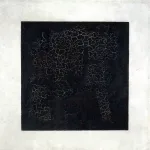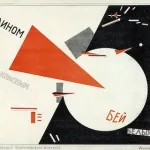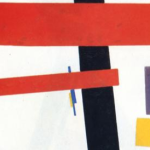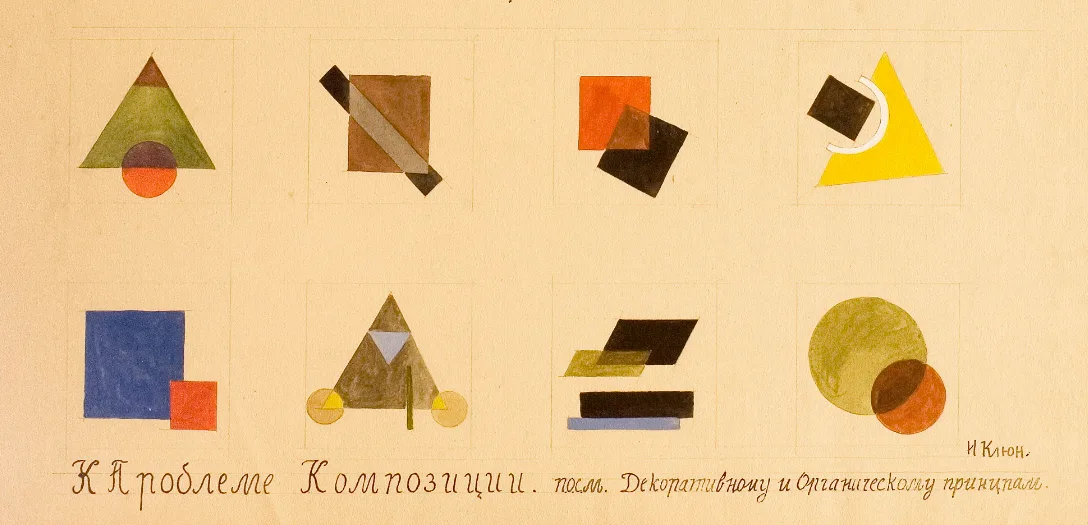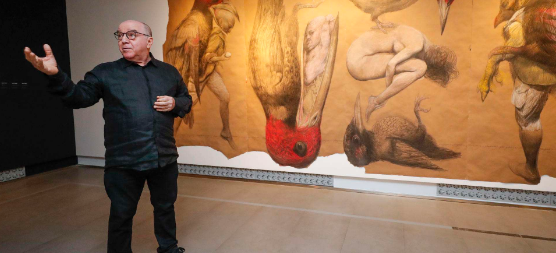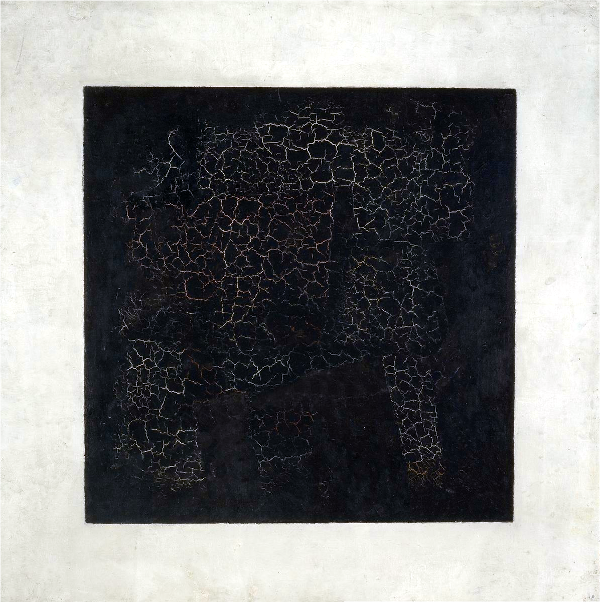
Understanding Suprematism: Malevich’s Radical Vision
A short analysis: Why a Black Square Changed the Course of Art History
In 1915, Kazimir Malevich exhibited a black square on a white canvas and declared: “I have transformed myself in the zero of form.” It was more than provocation — it was the birth of Suprematism, a movement that shattered centuries of representational art and set the stage for abstraction as we know it.
What Is Suprematism?
Suprematism is not just an aesthetic; it’s a philosophy. Malevich sought to liberate art from the burden of objects, representation, and narrative. His compositions — often made of geometric forms in pure color — were visual meditations on feeling, not function.
Why It Mattered
In a pre-revolutionary Russia wrestling with modernity, Suprematism offered a radical break. It anticipated movements from Bauhaus to Minimalism and even resonates today in digital design. It was pure visual language — universal, weightless, absolute.
Not Just a Style, But a System
Malevich wasn’t improvising. His work followed a precise internal logic, and each shape or color served a conceptual purpose. Collectors who dismiss Suprematist works as “simple” miss the underlying intellectual rigor and historical daring.
Also read: https://ambarazulart.com/principles-of-kazimir-malevichs-suprematism-philosophy/
At AmbarAzulArt, we handle original Suprematist works that remain scarce, powerful, and philosophically rich. They are not just relics — they are anchors of a movement that redefined modern art.

